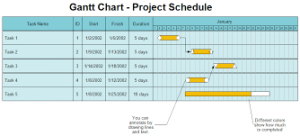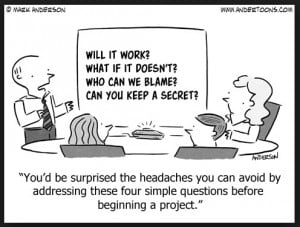Water? Yeah it comes out of my sink. I use it to shower. It makes my coffee in the morning. That’s about it…I think.
One of the biggest challenges faced by many water professionals is the lack of public appreciation for the value of water. Most people have no idea about the amount of work (and business opportunity) that goes into treating water, moving water, storing water and distributing water. In this lack of appreciation for the water field, I will expose two key points from my experiences in the water field.
In developing the new division for Darley, there are challenges we face internally and externally.
Internally. Trying to change the old school mindset that Darley is more than a fire company. These new markets have different mind sets, different demands, different regulations. With all these “different” factors, we needed a top to bottom reformatted approach to how we think about the market. How should we phrase our marketing? How should we present information? How much is too much information? What does the market want? Who is the actual customer? How can I reach these new customers? How should I be spending my time on a daily basis?
Darley experienced many failed product launches and marketing efforts because we did not adapt our thinking to the new marketing opportunity. Therefor as a team, our marketing and web department came together to sit back and think “What is our water identity and how can we best portray this to the market?” By bringing together our internal resources, this has allowed Darley to define our position to the marketplace and work as a team to grow sales to the industry. Darley is working better as a team to support the new market endeavors and this has allowed me to focus more on water partnership and business development.
Lessons learned: Tap into internal existing resources. Allow yourself to utilize your time most effectively. Cut the cord on a bad marketing effort before you sink too much time into it.
Externally: The water market is ruthlessly competitive; and it’s only starting to heatup. Based on market studies, the Water industry is expected to grow into $375 Billion dollar industry next year. Because of the growing nature of importance for water in every industry sector, many new companies are emerging and more companies are adapting into the water world. Due to this growing shift to water, this highlights the importance of two things: 1) find a niche 2) make sure our products are doing what we say they will do.
1) In finding a niche (such as military, disaster response and humanitarian) we can focus our resource on small segments of the water sector as opposed to casting too wide of a net.
2) In dealing with the water sector, we are entering a world where the end user is going to consume the end product. This requires a high level of oversight to ensure that the product is producing clean water and meeting industry standards. We may have been to relaxed when first encountering this water quality issue, but fortunately nothing bad happened. We have since implemented many more quality control issues. The last thing we want is an unhappy (potentially dead) customer.
Lessons Learned: Be different. Fight for the niche market. Don’t take anything you say to the public lightly in regards to capabilities because it could come back to haunt you.
This article highlights the challenges of the industry and what companies should do to focus on building market opportunities. http://www.wateronline.com/doc/the-biggest-challenges-facing-the-water-industry-0001.
FINAL Food for thought: Have you ever thought about how water affects your industry? Is water important to your company (your personal life)? What if your company had a supply chain shock of no access to water? How important is water to your business?





